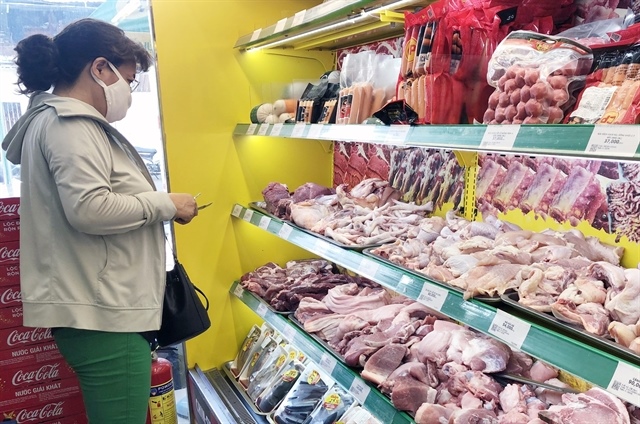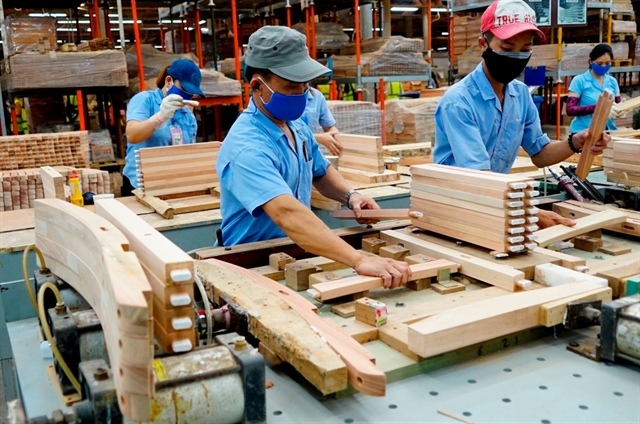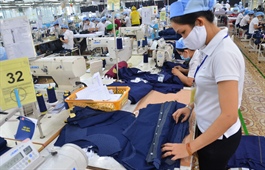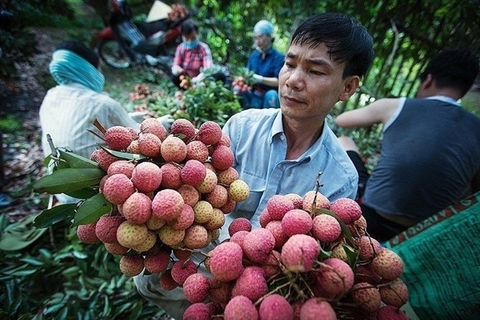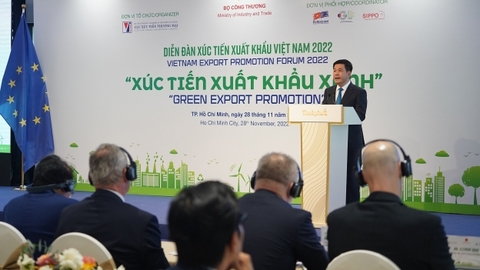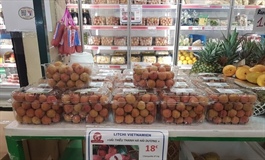Viet Nam to reduce environmental impact of textile and garment industry by 2030
Viet Nam to reduce environmental impact of textile and garment industry by 2030
The Viet Nam Textile and Apparel Association (VITAS) has set a goal of helping Viet Nam's textile and garment industry be more environmentally friendly by 2030.
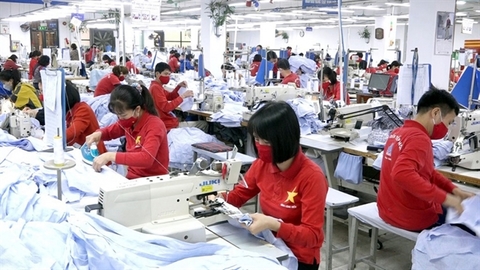
By 2023, the industry plans to reduce energy consumption by 15 per cent and water consumption by 20 per cent.
Green growth is an important part of sustainable development. In recent years, enterprises in the textile - garment - footwear industries have paid special attention to this issue.
According to Truong Van Cam, VITA's general secretary, a greener textile and garment industry not only contributes to implementing the national strategy on green growth but also fulfils the requirements of large textile and garment import markets in the world, such as the European Union (EU).
Vietnamese textile-garment and leather-footwear firms need to improve the sustainability of their production for export to the EU after the European Commission (EC) proposed the goods must comply with ecological design criteria.
Earlier this year, the EC proposed a new strategy to make textiles more durable, repairable, reusable and recyclable, to tackle fast fashion, textile waste and the destruction of unsold textiles, and ensure their production takes place in full respect of social rights.
Europe is a traditional and key market for Viet Nam's textile and footwear industries, especially with the EU-Viet Nam Free Trade Agreement (EVFTA).
This is an issue that businesses must focus on quickly deploying if they want to exploit markets like the US or EU and other large markets. This will also help businesses develop sustainably and reduce production costs, Cam said.
Than Duc Viet, general director of Garment 10 Corporation, said besides green factories, another factor is green materials.
Currently, many customers require that Garment 10 use natural and recycled materials so that it does not exploit more resources. The product must be self-decomposing after five to ten years of use - that is Garment 10's goal.
He said this is not only the trend of production in the world but also the customers' requirements.
According to VITAS, the industry's businesses have carried out many greening activities, such as replacing electric boilers, using rooftop solar power, and reusing wastewater. However, there needs to be more synchronism in greening among enterprises.
Besides that, the major barrier is large investment requests and a need for incentive policies and support.
Economic expert Nguyen Minh Phong said that to accelerate the greening process, support from the State is also vital. In addition, businesses need to actively invest in upgrading machinery and technology.
They include training and technical support programmes and policies on the increasing ability to approach credit capital for green investment projects, human resource development, and research activities for green growth.
Export
According to VITAS' report, in the first ten months, the textile and garment industry recorded about US$38 billion in export value, up 17.2 per cent on the year.
President of the Vietnam Textile and Apparel Association, Vu Duc Giang said the result was thanks to Viet Nam's participation in free trade agreements (FTAs). Those help Viet Nam diversify export markets.
In addition, the textile and garment industry enterprises are accelerating the digital transformation in management and supply chain and catching up with the trend of greening and sustainable development by producing new yarn from hemp and wool.
"Inflation, currency devaluation, and decrease in purchasing power of major countries are risks for the textile and garment. But those are also the pressure forcing Vietnamese textile and garment enterprises to seek and diversify export markets. Many businesses in difficulties are still growing in production, such as Viet Tien Garment, Garment 10, Nha Be and An Phuoc," said Giang.
The representative of VITAS said this year that the textile and garment industry would likely gain the export target of $42-43 billion.
This industry hopes to overcome difficulties and challenges and sets out an ambitious target of an export value of $45-47 billion in 2023.
According to VITAS, many businesses are now in a difficult period. For instance, they have reduced 25-27 per cent in orders from November to December this year and the first quarter of 2023. The reduction is more severe for enterprises processing garment products.
In addition, they have also suffered great pressure from rising bank interest rates, raw material purchases and exchange rate differences. Another difficulty is the lack of labour. Enterprises with reduced orders must find other jobs to retain workers.
"Many garment enterprises have had to make bags for supermarkets to have workers' jobs while waiting for the textile industry to recover next year," Giang said. "However, we expect a strong recovery will fall in the third and fourth quarter of 2023."
"The industry has advantages to set up that target, such as FTAs as a driving force for attracting more foreign investment to Viet Nam, helping businesses diversify markets and improve business performance."
For example, the textile and garment industry has often exported a small volume of products to Muslim countries. Still, the export to those markets is increasing because they shift some of their orders from Bangladesh and Myanmar to Viet Nam, Giang said.
In addition, Viet Nam's textile and garment industry has been promoting reducing imports and increasing the localisation of domestic raw materials and accessories. That is the solution for the enterprises to be proactive in raw materials for the production of export products, he said.
To overcome the difficulties, Giang has also proposed to the Government, ministries and sectors to consider cutting tax or a tax delay for enterprises this year. They should also find soft business loans to maintain production and labour stability.
Le Tien Truong, general director of Viet Nam National Textile and Garment Group, states that the recovery of textile and garment demand is forecast from the third quarter and fourth quarter of 2023 due to a decrease in inflation.
To increase competitiveness, Viet Nam's garment industry needs to prioritise supplying packages, producing both yarn and fabric and sewing. The industry also needs to carry out green production with recycled products to promote exports to European countries, Truong said.


